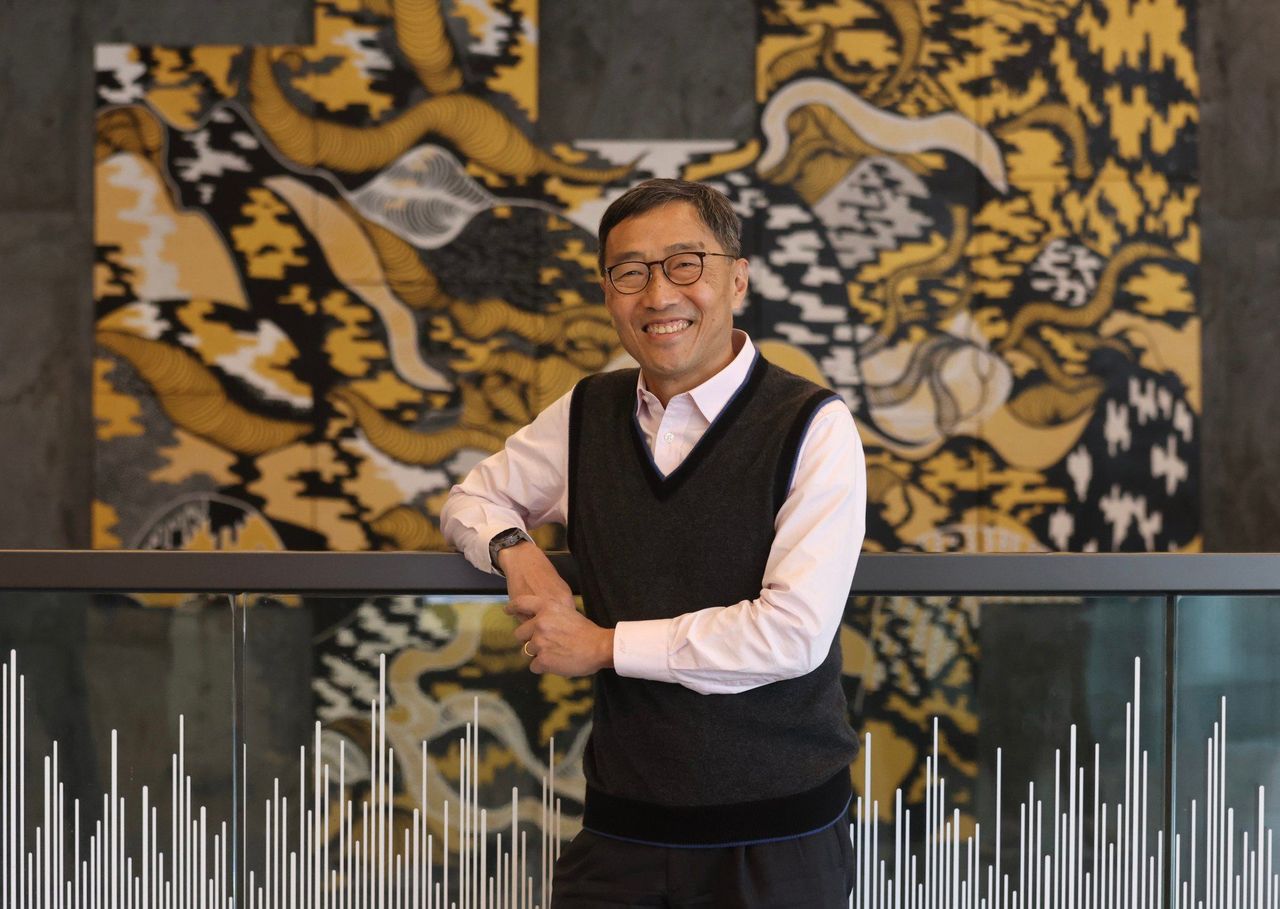Hong Kong News

Without a solid land policy, Hong Kong’s I&T goals are on shaky ground
The development of innovation and technology (I&T) is arguably a major factor that will determine the political and economic future of Hong Kong, and in turn, China.
Growth in this critical area will not only help China in its pursuit of technological independence amid tensions with the United States, but also ensure global confidence in Hong Kong and the Greater Bay Area’s status as an important international financial centre – key issues identified by local delegates who attended the recent “two sessions” in Beijing, China’s most important political meetings of the year.
But Hong Kong’s I&T development faces considerable headwinds and has much catching up to do. While Hong Kong was ranked a respectable 14th on the World Intellectual Property Organisation’s 2022 Global Innovation Index, South Korea came in sixth, Singapore seventh, mainland China 11th and Japan 13th.
For the first time, China had as many science and technology clusters in the index’s top 100 as the US, with Shenzhen-Hong Kong-Guangzhou ranked as the second top global S&T cluster after Tokyo-Yokohama.
But while Hong Kong enjoys a strong partnership with the rest of the Greater Bay Area, its existing property supply for I&T purposes is limited to about 8.5 million sq ft in gross floor area. In comparison, Singapore’s existing supply was 28.2 million sq ft at the end of last year.
Aside from a lack of affordable property, including housing for overseas I&T talent – and perhaps because of this – Hong Kong also has an inadequate I&T talent pool. The Hong Kong Science and Technology Parks Corporation (HKSTP) has about 700 start-ups and 20,000 employees, half of whom are research and development professionals.
 HKSTP CEO Albert Wong at his offices in Sha Tin on February 3.
HKSTP CEO Albert Wong at his offices in Sha Tin on February 3.
HKSTP CEO Albert Wong Hak-keung hopes to see Hong Kong’s research and development professionals grow to 200,000 by 2030 but admits there is a shortage of such talent to fill the almost 2,000 vacancies at each annual job fair. While plans are under way to recruit talent from Singapore, Malaysia and the US to fill the gap, Hong Kong will also have to compete against the attractive subsidies and benefits provided by other I&T hubs such as Singapore and Shenzhen.
At the same time, overseas companies are often wary of setting up I&T facilities in a place that lacks the relevant talent. The result is a dearth of private investment in R&D in Hong Kong, with only 42 per cent of the city’s I&T expenditure coming from private entities compared to, say, 77 per cent in South Korea.
Places like Singapore and Shenzhen remain more attractive due to their more comprehensive I&T ecosystem and policies to lure both talent and start-ups. Shenzhen, for example, offers I&T start-ups rent reductions of at least 80 per cent for the first rental year, followed by 50 per cent in the second and 20 per cent in the third.
Released last December, the Hong Kong Innovation and Technology Development Blueprint sets out short-term (five years) to medium-term (10 years) targets for the I&T industry to grow by half and then double, respectively. By Colliers’ calculation, that would mean that Hong Kong needs a twofold increase in its supply of I&T facilities.
But only about 3.3 million sq ft (gross floor area) of new I&T property is expected to come on stream in the next three to five years – a shortfall of more than 5 million sq ft.
To meet the targets and enhance Hong Kong’s competitive position, land supply for I&T and its related uses, such as housing, must be made a priority. Development-related statutory procedures, including land exchange, town planning and land resumption, should be streamlined to expedite the supply pipeline.
This includes any projects at the planning or consultation stage for the remaining batches of the Hong Kong-Shenzhen I&T Park and San Tin Technopole, which will provide 16.5 times the gross floor area of the current HKSTP in terms of I&T land use.
The Hong Kong government can and should also look to Singapore and Shenzhen for ways to attract I&T companies, especially start-ups, such as the terms and conditions for the sale and rental of I&T-allocated property. To balance the public interest, it can also consider a concessionary land price policy with a shorter lease and other industry-protective measures such as tenant admission criteria and rental policies.
Of course, several developments are under way to alleviate the shortage of land allocated to I&T. Other than the coming Hong Kong-Shenzhen I&T Park and San Tin Technopole, there are expansion works at the HKSTP and Cyberport to provide an additional 912,000 sq ft of gross floor area.
But without a concrete timetable and given the very real potential for delays, not to mention the need to work closely with competitor Shenzhen, Hong Kong’s I&T development is still on shaky ground. Now is the time to act so the industry, and its potential to shape our future and China’s, do not slip through the cracks.











